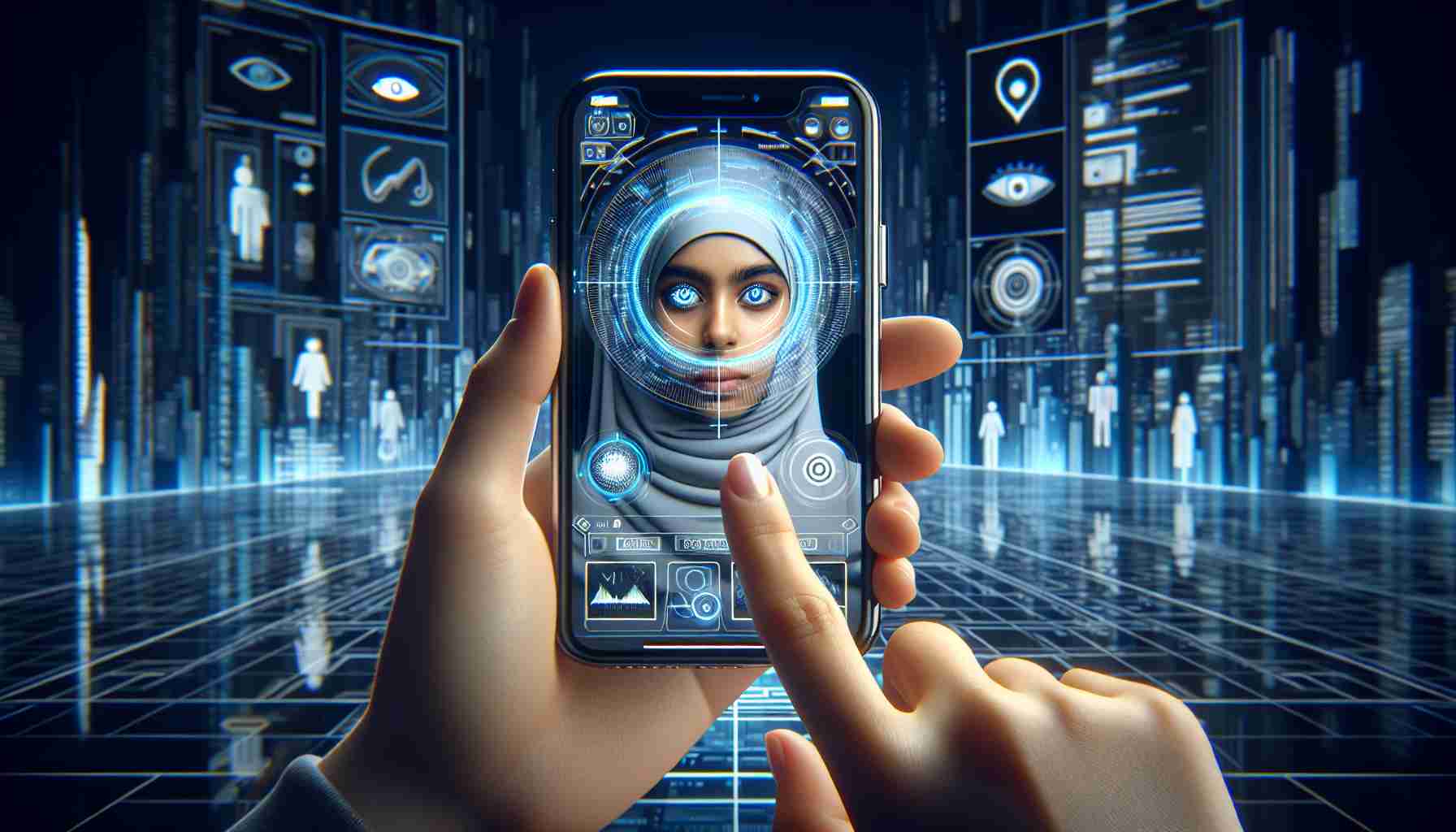The landscape of smartphone technology is witnessing a paradigm shift as numerous Mexican citizens embrace the latest advancements. With a significant 79 percent of individuals over the age of 14 owning a mobile device, a fascinating aspect of modern technology has caught the public’s eye.
Adapting to the Innovation of Smartphone Tech
Newly introduced features serve as landmarks in the evolution of mobile phones, indicating substantial changes in their functionality. However, a striking 41 percent reflect on their challenges in understanding these new tech wonders, suggesting a gap between innovation and user proficiency.
The iOS 18: Revolutionizing Interaction
Apple’s most recent update, iOS 18, brings about a futuristic way of interacting with iPhones—using nothing but the user’s gaze. This has stirred interest among tech enthusiasts and the general public alike, as seen in viral social media videos demonstrating this feature in action. To activate this functionality, users must navigate their device settings to enable eye-tracking under accessibility features, fundamentally transforming how they interact with their iPhones.
Facilitating Access Through Eye Movement
The incorporation of this eye control system signifies Apple’s commitment to deeper, more inclusive user experiences. Especially designed for those with physical limitations, it grants a newfound level of autonomy and ease. By keeping pace with the demands of contemporary life, the tech giant continuously pushes the boundaries, not only enhancing everyday tasks but also inclusivity within digital spaces.
The unveiling of such technology is a testament to the ceaseless quest for innovation in electronic devices, making complex operations more accessible and delivering equitable experiences to a diverse user base.
The Significance of Eye Control Technology
Eye control technology is not entirely new, but its integration into mainstream smartphones like the iPhone is a notable leap forward. This feature can be particularly useful for individuals with disabilities who may not be able to use their hands to operate a device. It also represents the increasing importance of accessibility in technology design, enabling a wider range of people to use smartphones independently.
Key Questions and Answers
– How does eye-tracking technology work on the iPhone?
Eye-tracking technology on the iPhone utilizes the front-facing camera to detect the user’s eye movements. The device then translates these movements into actions or navigation commands on the screen.
– Is eye control technology exclusive to Apple?
No, eye control technology is not exclusive to Apple. Other companies and assistive technologies have implemented eye-tracking for various devices and applications, particularly for accessibility purposes.
– What are the challenges of implementing eye control?
Challenges in implementing eye control include ensuring accuracy and responsiveness, minimizing the impact on battery life, and addressing privacy concerns related to the use of cameras to track eye movement.
Advantages and Disadvantages
One of the advantages of eye control technology is that it offers users a hands-free way to interact with their devices, which can be particularly empowering for users with physical disabilities. Additionally, it can lead to faster and more convenient device navigation for all users.
On the disadvantages side, issues such as the potential for eye strain, the effort of calibration, and initial awkwardness in using such interfaces may arise. There’s also the concern of how well the technology will function in different lighting conditions or if the user has visual impairments.
Challenges and Controversies
- User Privacy: Since eye control technology relies on cameras to track eye movement, some users may have privacy concerns about how this data is used and stored.
- Technology Adoption: There may be a learning curve with new technology like eye control, and some users may resist adopting it due to discomfort with the change or because of physical challenges that make using the feature difficult.
- Accessibility and Technological Divide: While eye control technology is a step toward inclusivity, it also highlights the need to ensure that all users have access to these advancements, lest a new kind of digital divide emerge.
If you’re interested in learning more about how companies are addressing the interface between humans and technology or exploring other advances in similar areas, consider visiting the following websites:
– Apple
– Microsoft
– Google
These links will lead you to the main domains where you can stay informed about the latest in technology and accessibility tools. Always make sure to verify the URL is correct and the content is relevant to your needs before proceeding.
